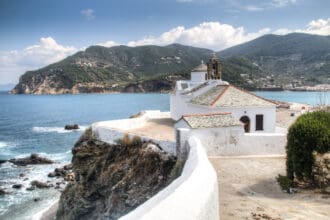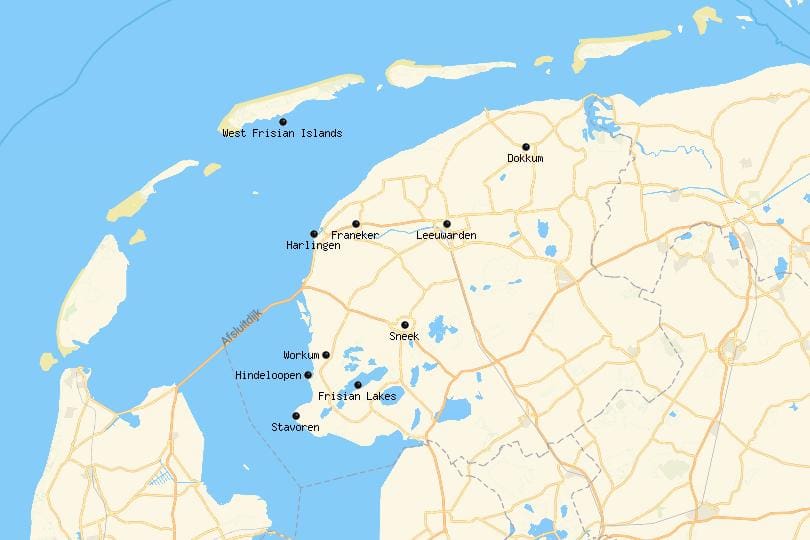Are you a history buff looking for a place to explore and learn about Kerala’s past? Look no further than the Archaeological Museum in Thrissur. This museum is a treasure trove of artifacts and relics that date back to ancient times, giving visitors a glimpse into the rich cultural and historical heritage of the region. In this article, we’ll take a closer look at the museum, its history, and what you can expect to see when you visit.
History of the Museum
The Archaeological Museum in Thrissur was established in 1938 and is one of the oldest museums in Kerala. The museum was originally housed in the Kollengode Palace and was later moved to its current location in the Thrissur Zoo complex. The museum was established with the aim of preserving and showcasing the rich cultural heritage of Kerala and has since become a popular destination for tourists and locals alike.
Location and Timings
The museum is located in the heart of Thrissur city, making it easily accessible to visitors. It is open from 10:00 AM to 5:00 PM every day except Mondays and public holidays.
Exhibits
The Archaeological Museum houses a vast collection of artifacts that cover a wide range of topics, including art, history, and culture. Some of the highlights of the museum include:
1. Sculptures
The museum houses an impressive collection of sculptures that date back to the 9th and 10th centuries. These sculptures are made of stone, bronze, and wood and depict various gods and goddesses of Hindu mythology. The sculptures are incredibly detailed and provide insight into the religious beliefs and practices of the people of Kerala during that time.
2. Coins and Currency
The museum also has an extensive collection of coins and currency that were used in Kerala during different periods. Visitors can see coins from the Chera, Chola, and Pandya dynasties, as well as currency used during the British Raj.
3. Paintings
The museum has a collection of paintings that date back to the 18th and 19th centuries. These paintings depict various scenes from Hindu mythology and provide a glimpse into the artistic traditions of Kerala during that time.
4. Weapons and Armor
The museum has a collection of weapons and armor that were used by warriors during the medieval period. Visitors can see swords, spears, shields, and other weapons that were used in battles.
Facilities
The Archaeological Museum has several facilities to make visitors’ experience as comfortable and enjoyable as possible. These include:
1. Audio Guides
Visitors can rent audio guides that provide detailed information about the exhibits in the museum. These guides are available in several languages, including English, Hindi, and Malayalam.
2. Cafeteria
The museum has a cafeteria that serves snacks and beverages, making it a perfect place to take a break and relax.
3. Souvenir Shop
The museum has a souvenir shop that sells a variety of items, including books, postcards, and replicas of some of the artifacts in the museum.
Conclusion
The Archaeological Museum in Thrissur is a must-visit destination for anyone interested in Kerala’s rich cultural and historical heritage. With its vast collection of artifacts and relics, the museum provides a fascinating glimpse into the region’s past. So if you’re in Thrissur, be sure to make a stop at the Archaeological Museum and take a journey back in time.
FAQs
1. Is photography allowed inside the museum?
No, photography is not allowed inside the museum.
2. How much time should I allocate for a visit to the museum?
It’s recommended to allocate at least 2 hours for a visit to the museum to fully explore and appreciate the exhibits.
3. Is the museum wheelchair accessible?
Yes, the museum is wheelchair accessible, and there are ramps and elevators available for visitors with mobility issues.
4. Are there guided tours available at the museum?
Yes, guided tours are available at the museum, and they can be arranged at the entrance or through the museum’s website.
5. Are there any restrictions on the items in the souvenir shop?
There are no restrictions on the items in the souvenir shop, and visitors are free to purchase anything they like as a memento of their visit to the museum.













